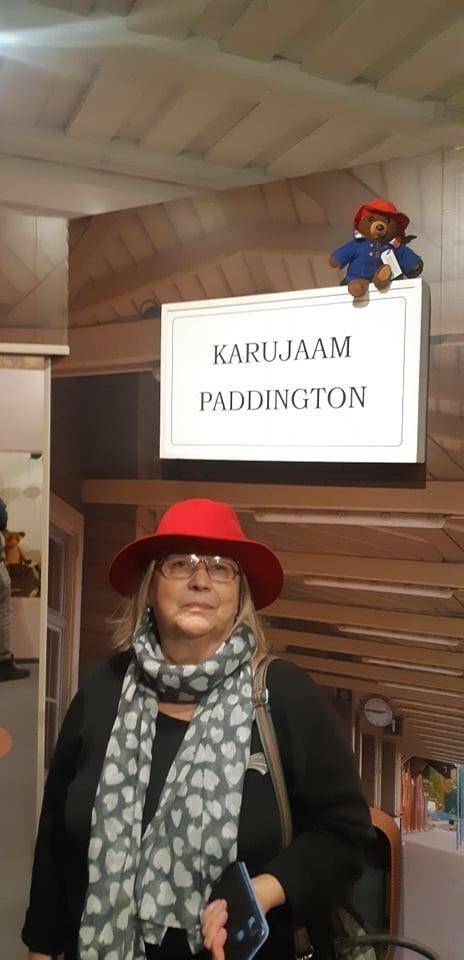INTERPRETATION, TRUTH, AND FEELINGS. LEGENDS AND RUMORS IN CULTURE.
Conference dedicated to Eda Kalmre’s birthday on 18 September 2023 at the Estonian Literary Museum in Tartu
 International Conference “Interpretation, truth, and feelings. Legends and rumors in culture” is the 10th event in the conference series “From Language to Mind” prepared by the Department of Folkloristics of the Estonian Literary Museum. The conference is dedicated to the 65th birthday of Eda Kalmre, the most recognized expert in contemporary folklore research in Estonia.
International Conference “Interpretation, truth, and feelings. Legends and rumors in culture” is the 10th event in the conference series “From Language to Mind” prepared by the Department of Folkloristics of the Estonian Literary Museum. The conference is dedicated to the 65th birthday of Eda Kalmre, the most recognized expert in contemporary folklore research in Estonia.
Eda Kalmre's main area of collecting and research revolves around legends and rumors and their functioning in society. The corresponding folkloric material collected for 30 years is almost exhaustively diverse, and the studies formulated on this basis in Estonian folkloristics are novel and meaningful. Eda is equally familiar with classical legends and modern folkloric manifestations.
Therefore, in her analyses, the knowledge of old beliefs and legends creates a bridge with the traditional world of modern people, be it the ghost story about the Lilac Lady in the modern office, the old heroic myths juxtaposed with stories about the Voitka brothers, the comparative view of similar story motifs in connection with the sinking of the Titanic and the ferry Estonia, the dynamics of fact and fiction in the popular ballad of Sambla Anu or in tales about an Afghanistan soldier, as well as in stories about modern food fraud. Eda’s excellent monograph on post-war rumors “Fear and alien hatred in post-war Tartu” was based on interviews and historical archive documents and photographs. The work is available to international readers and has attracted interdisciplinary attention.
The methodology of the Eda is characterized by adherence to three principles: the dynamics of the text and context of the folklore phenomenon, the rhetorical aspect, including the creation of plausibility, and the reliance on the discourse of social history. She understands and treats legend as a genre of stories that is still relevant today, the source of its vitality lies in its ability to change and its ability to express itself in many different forms in culture.

